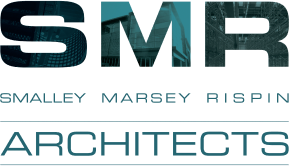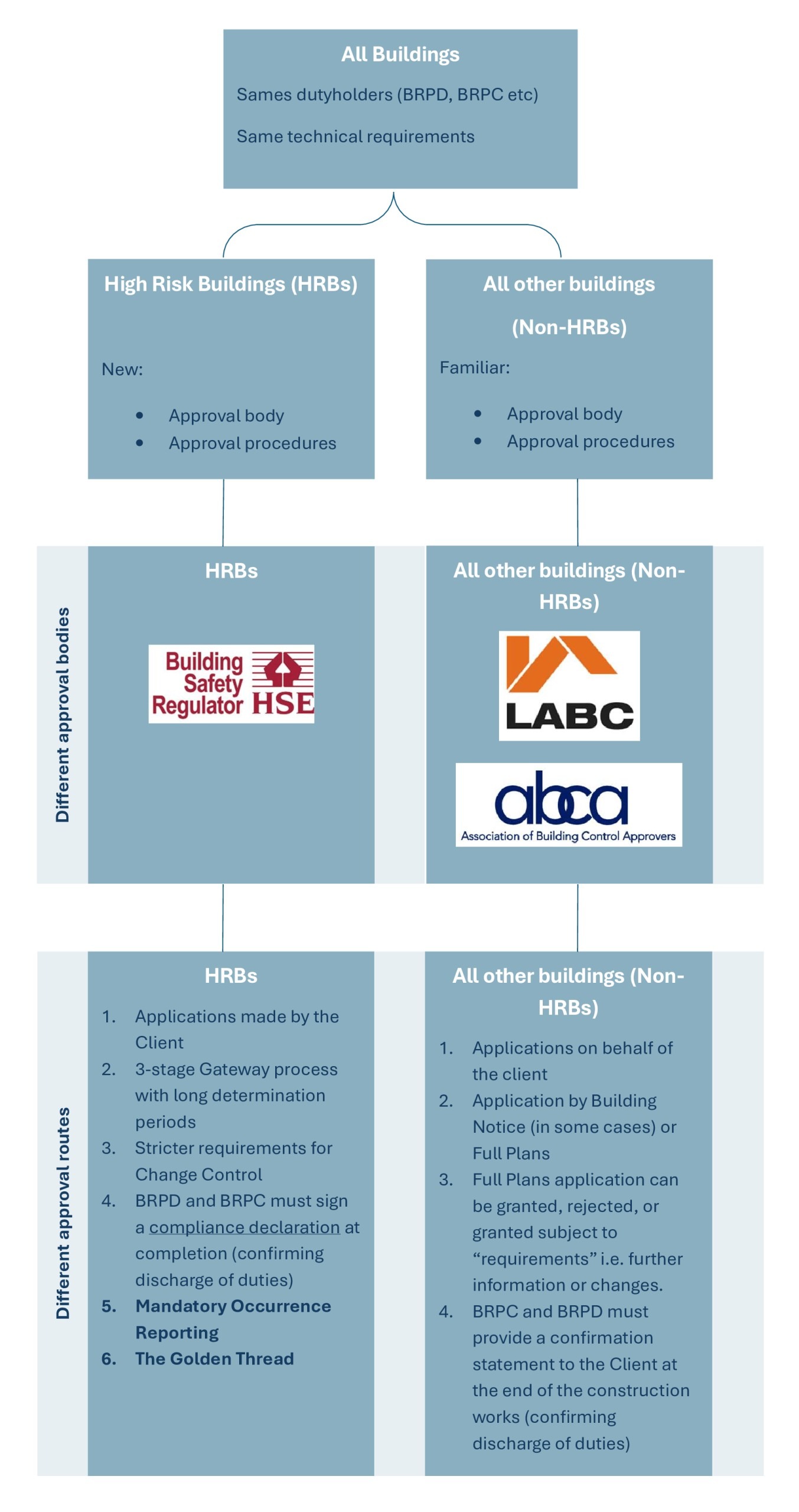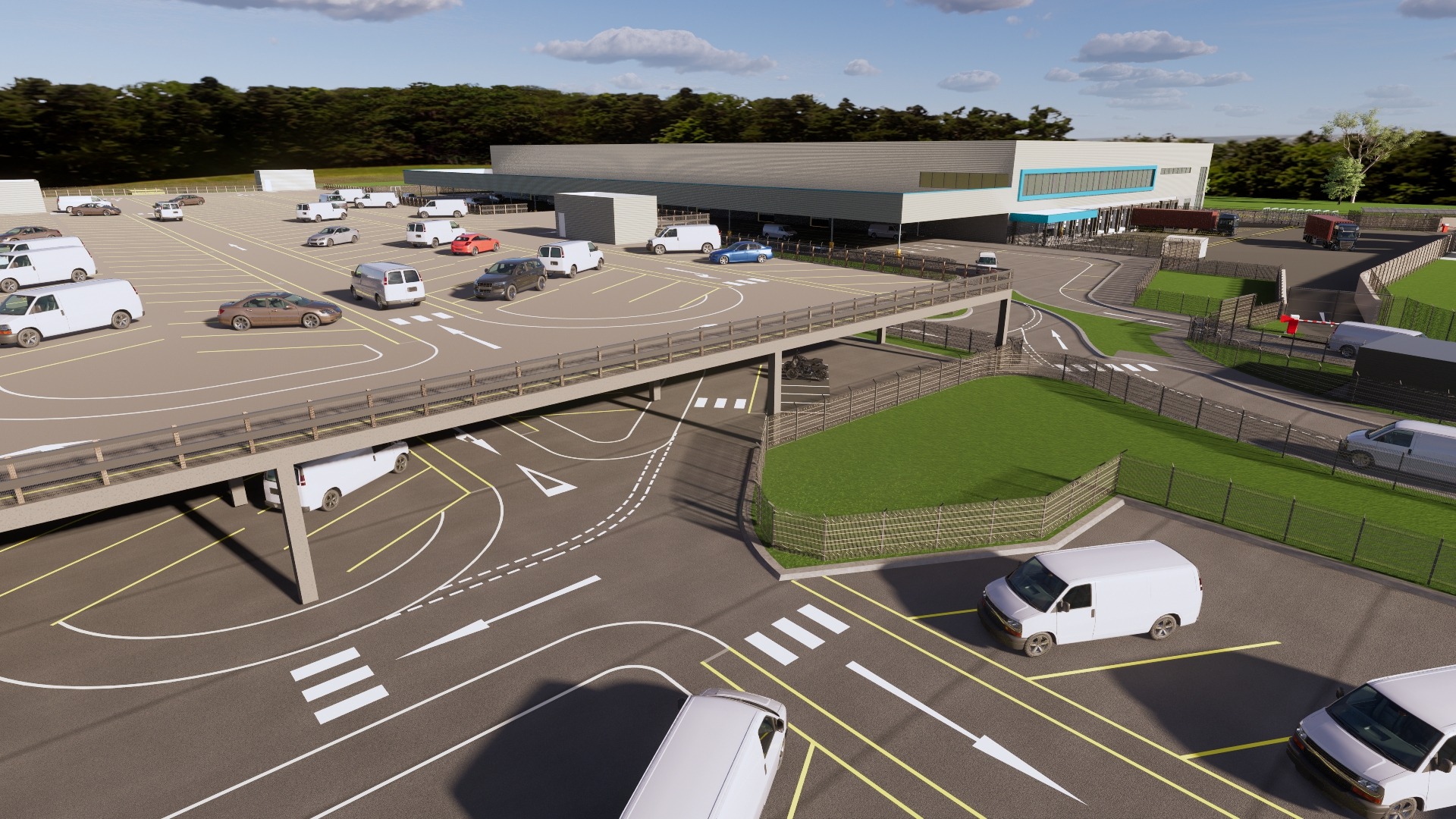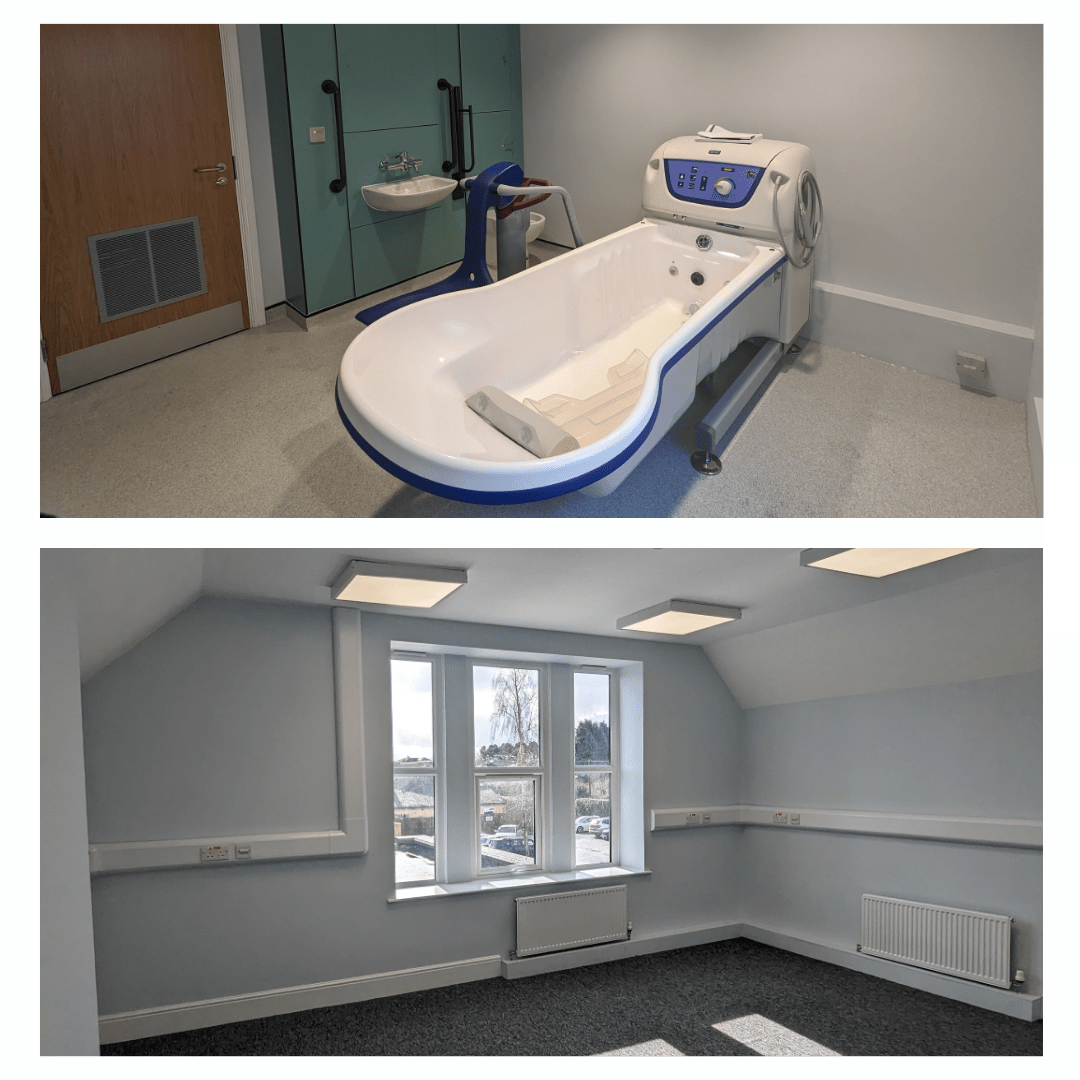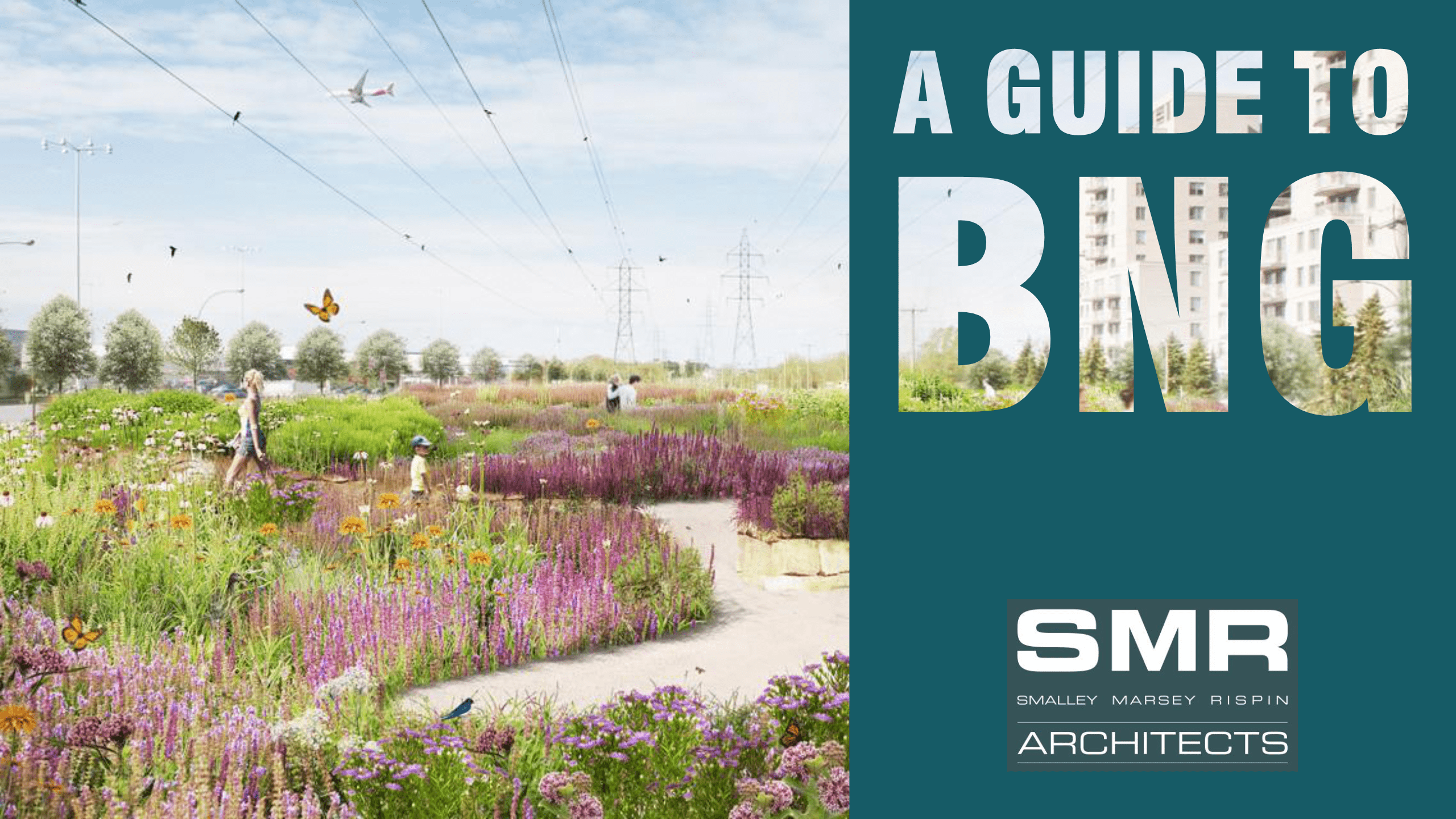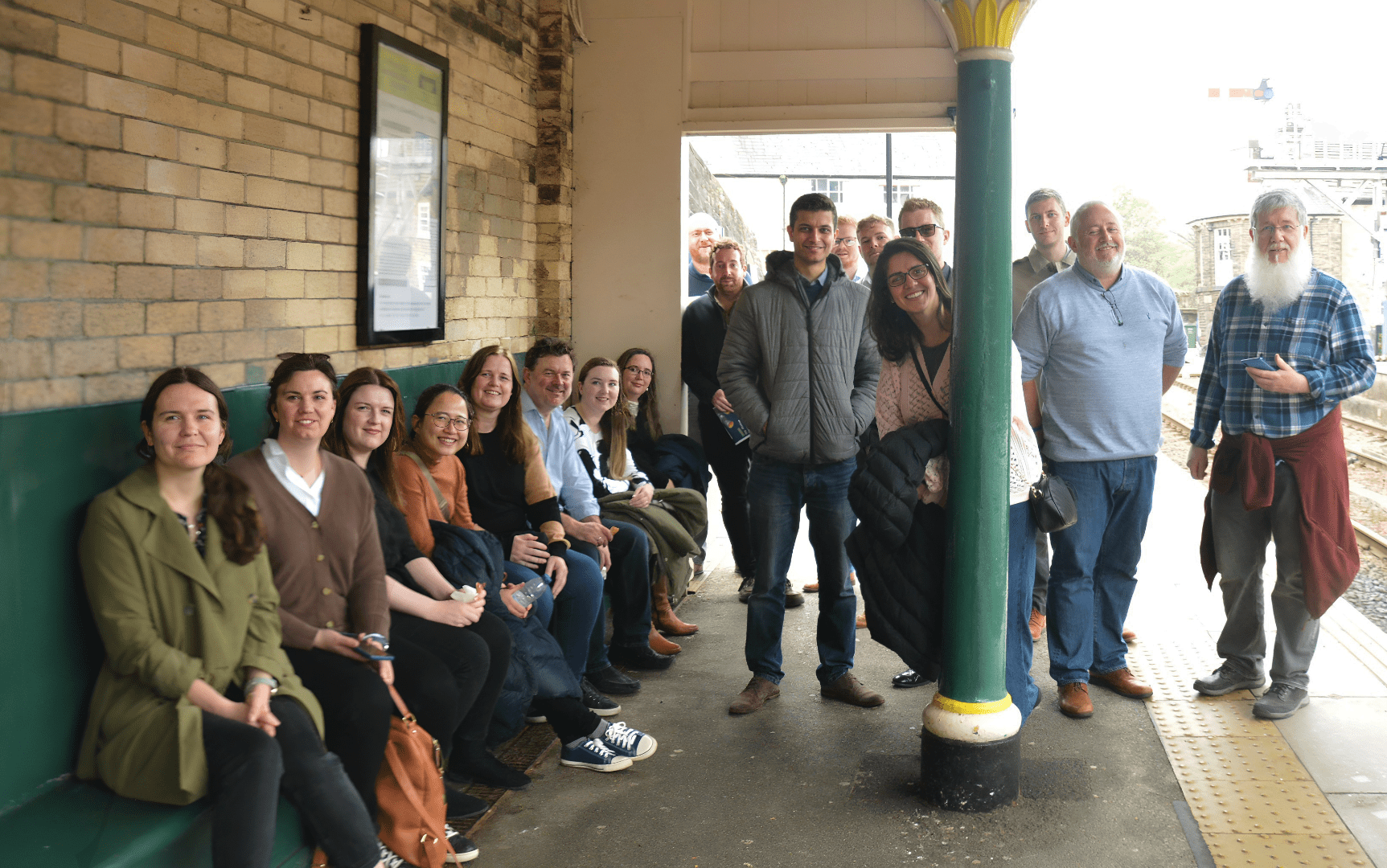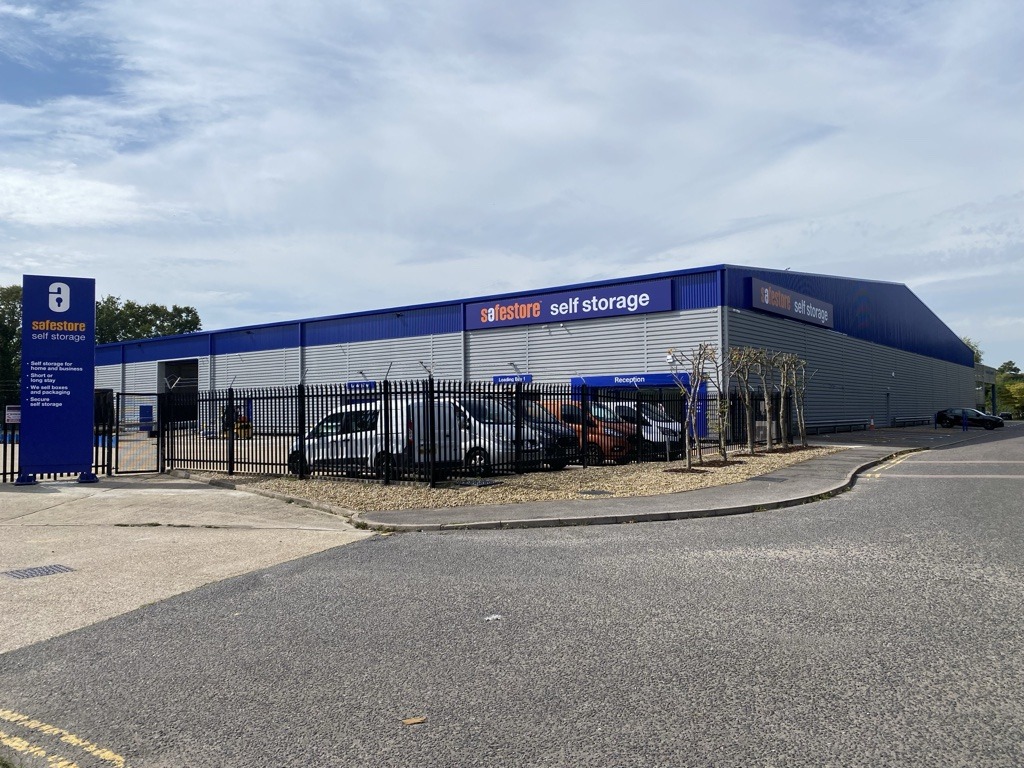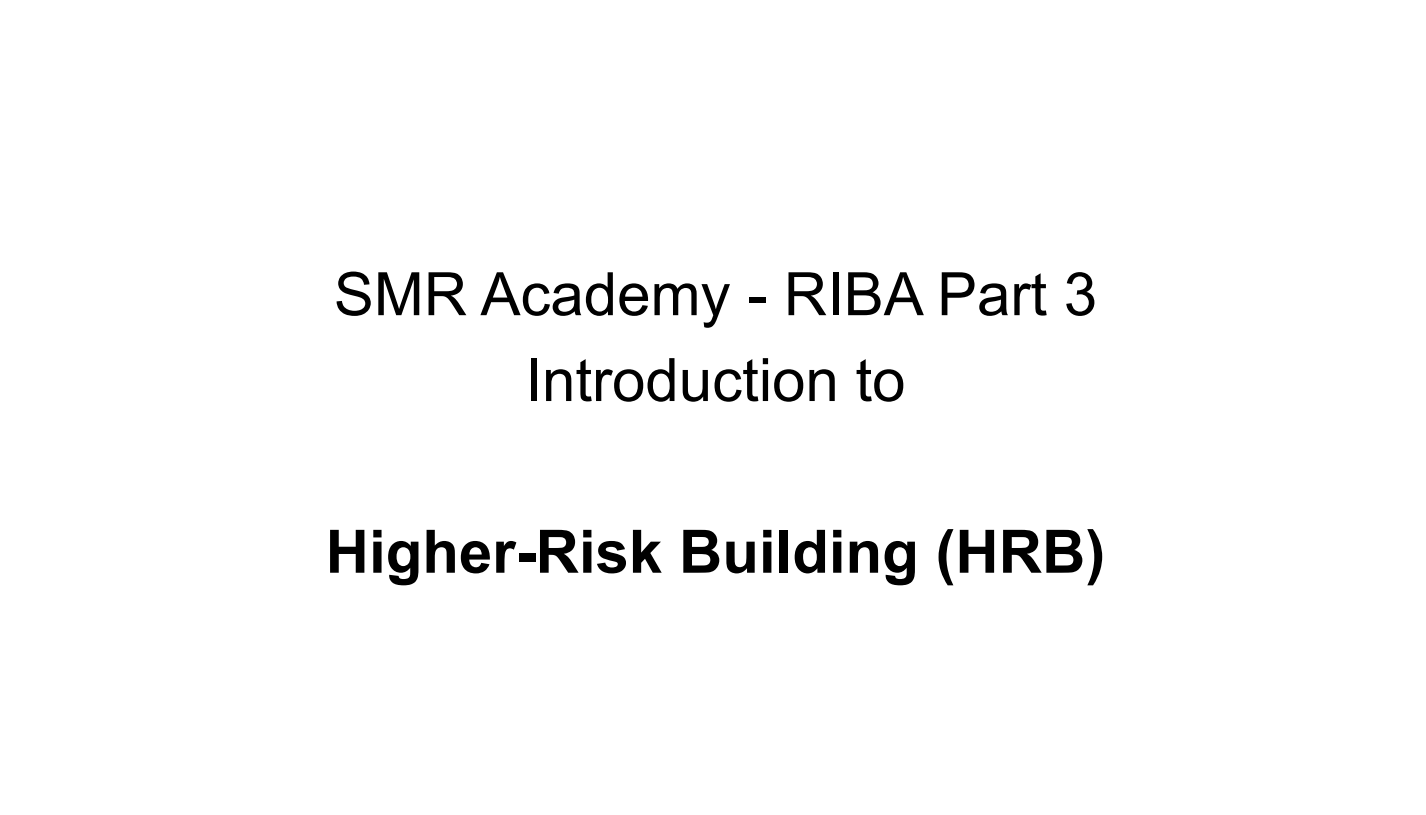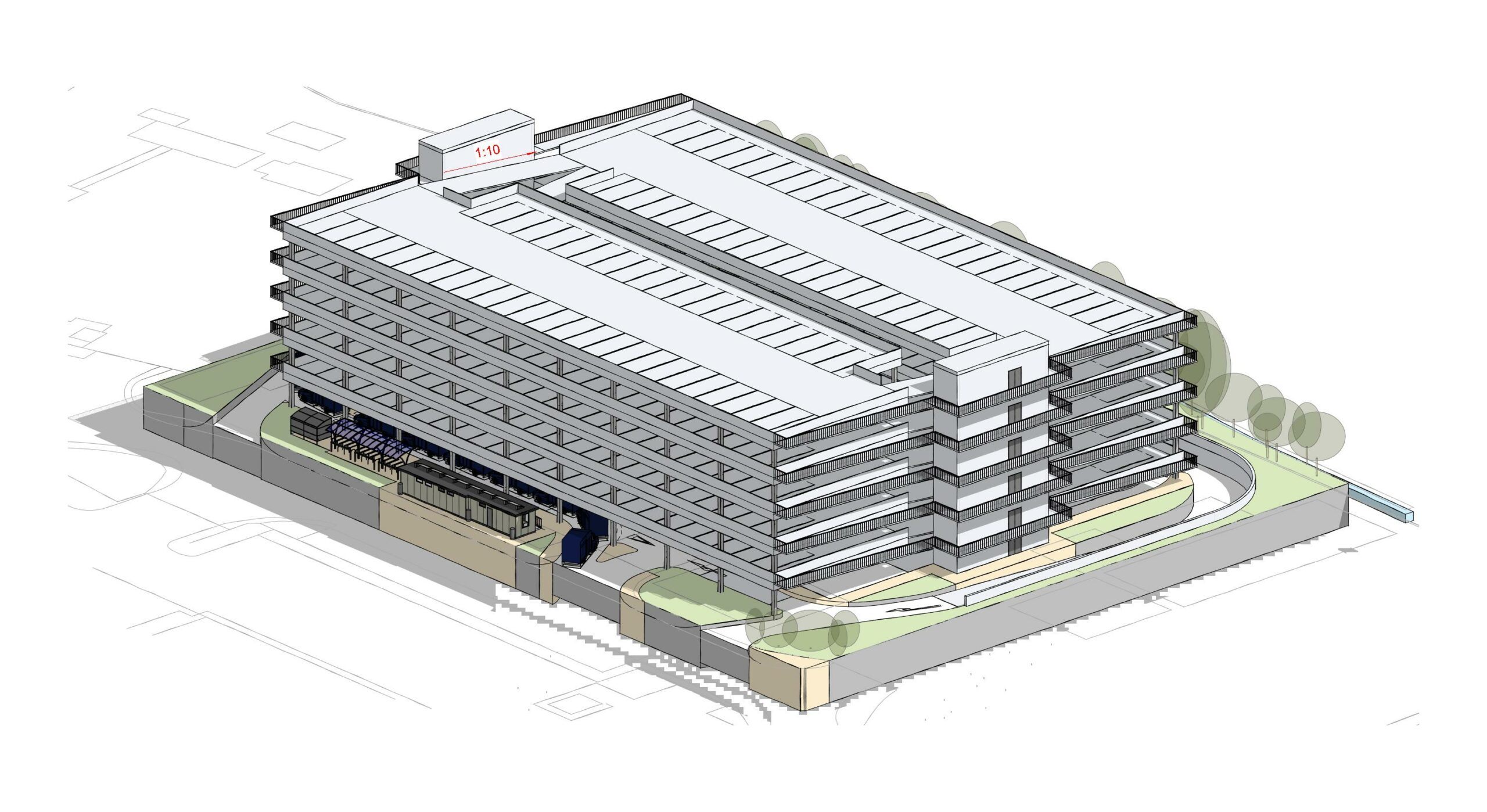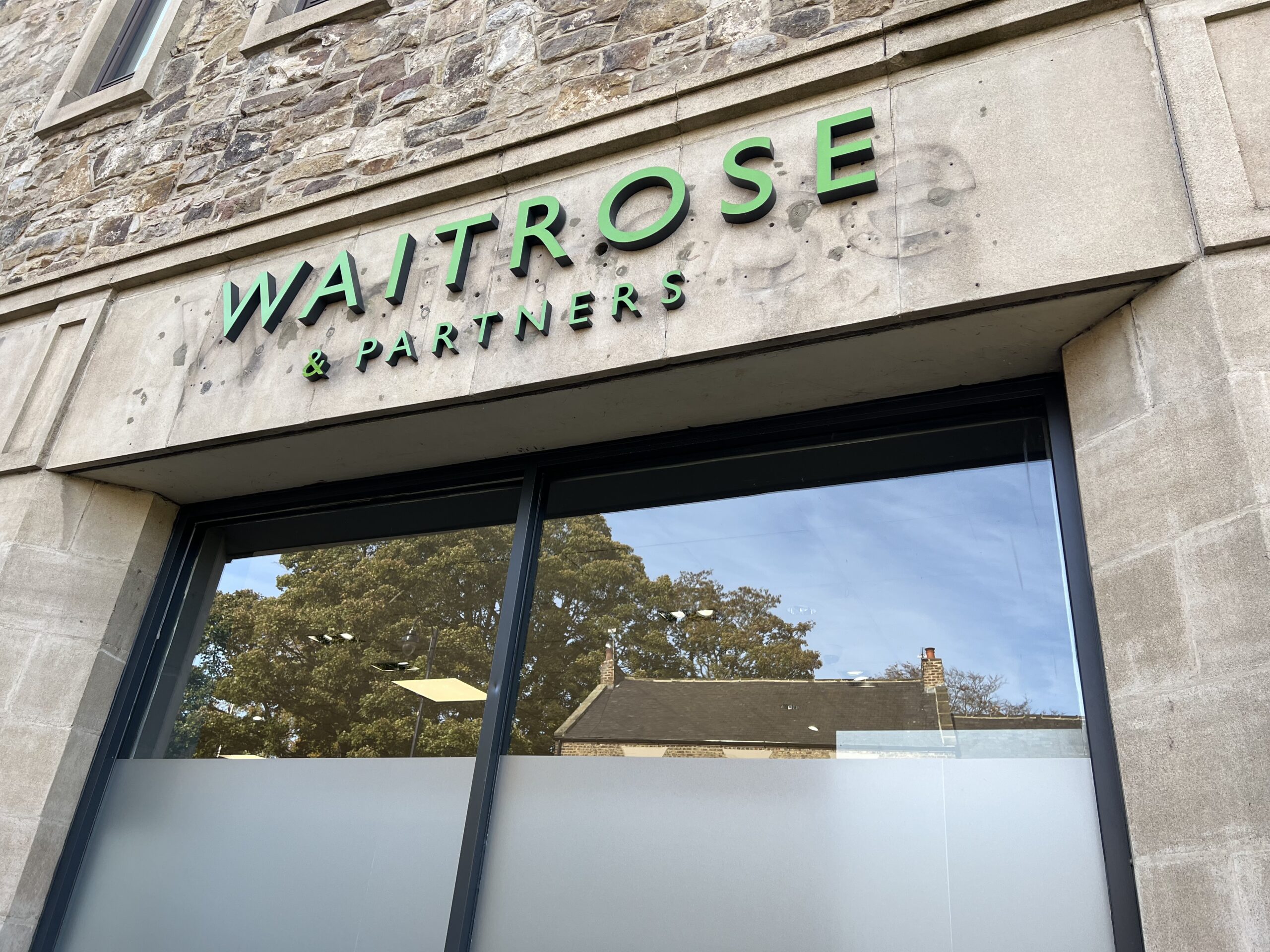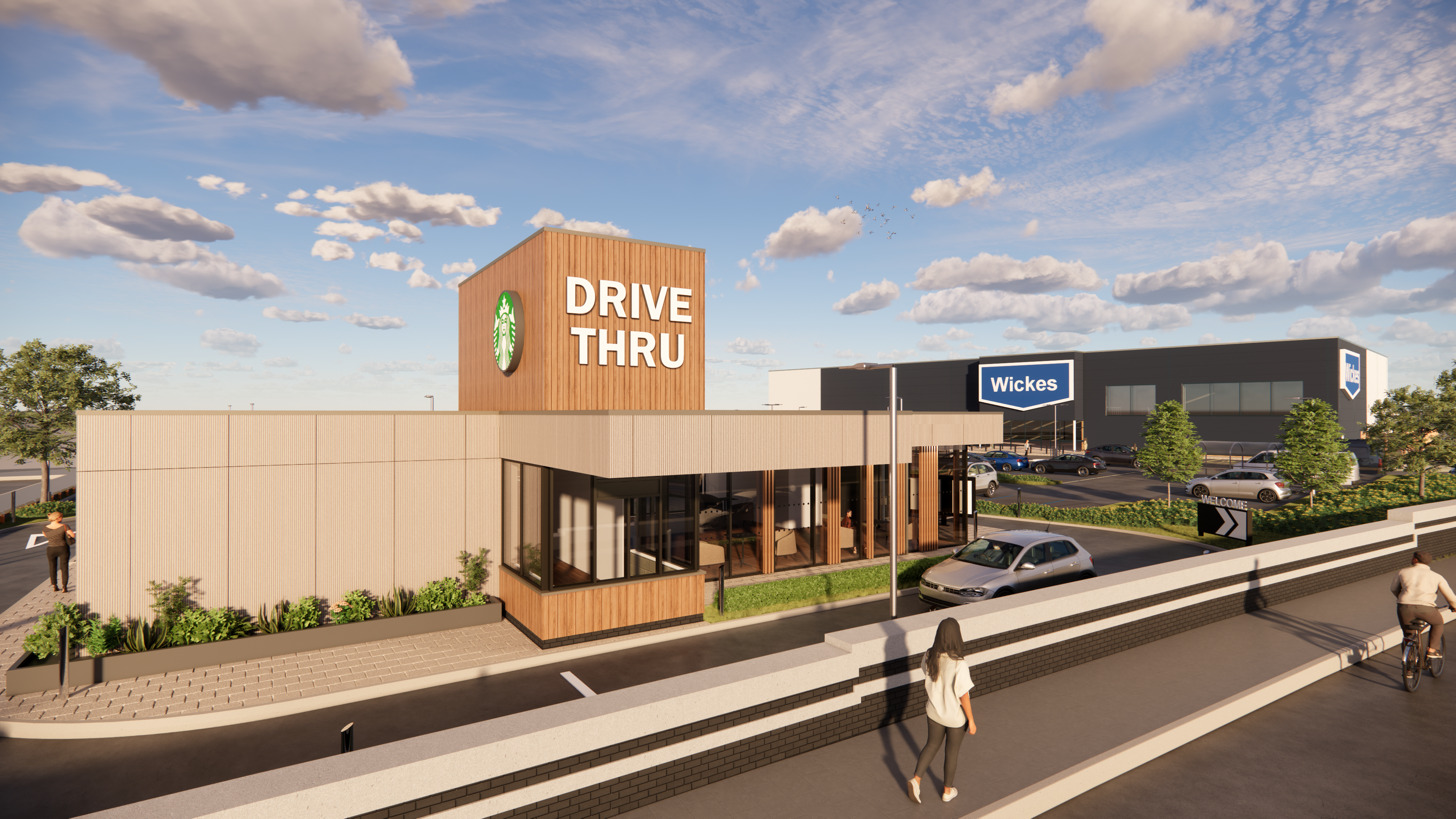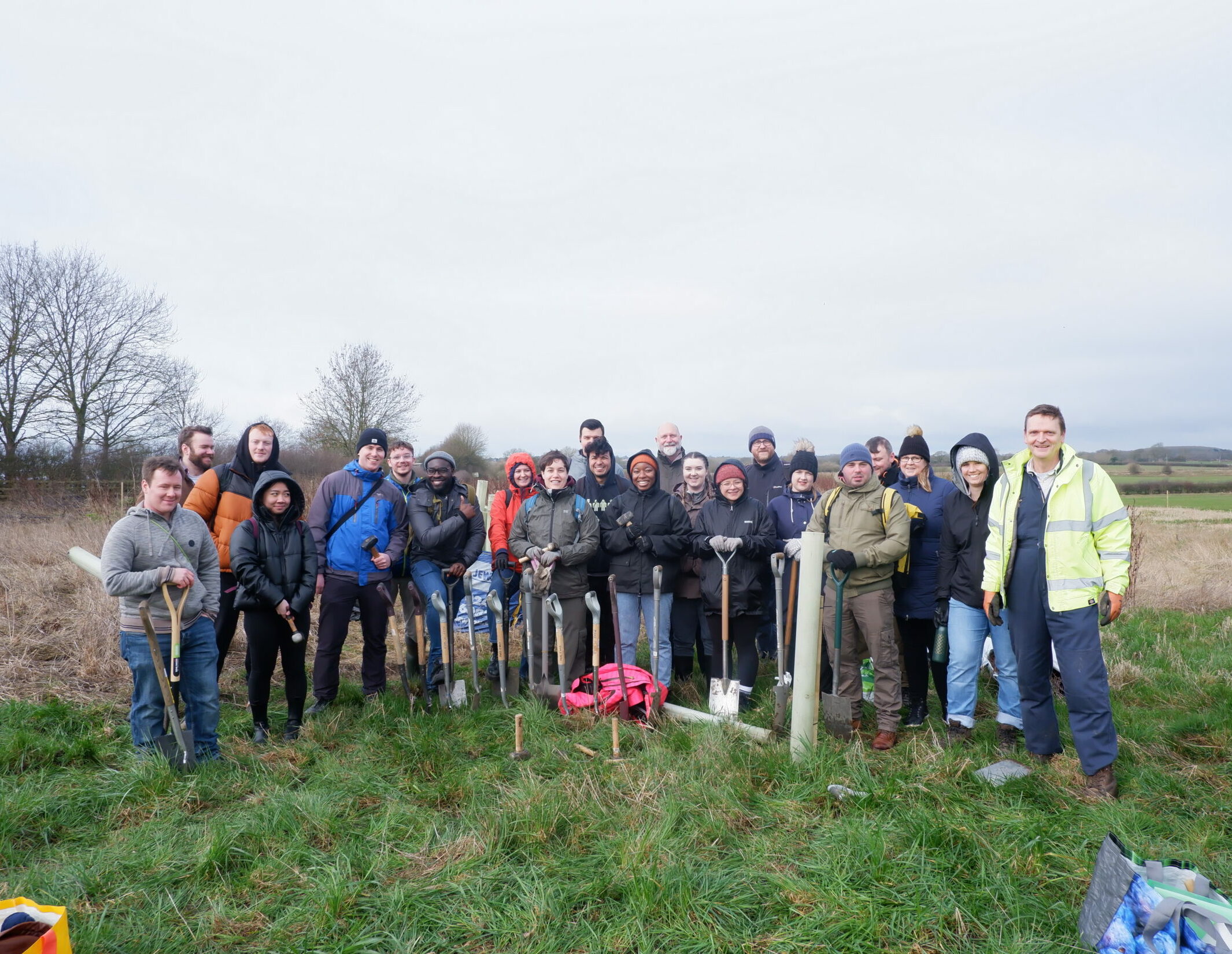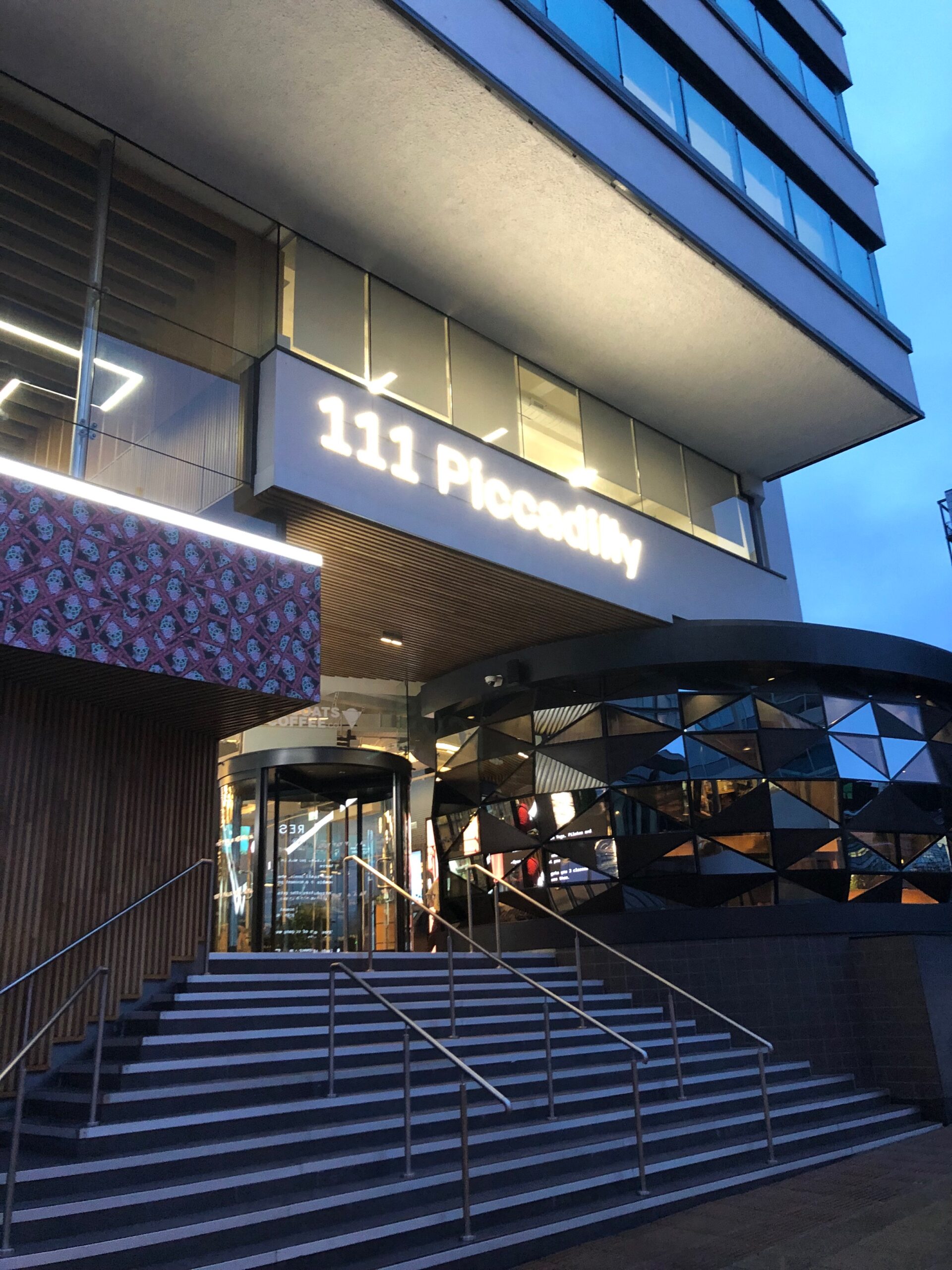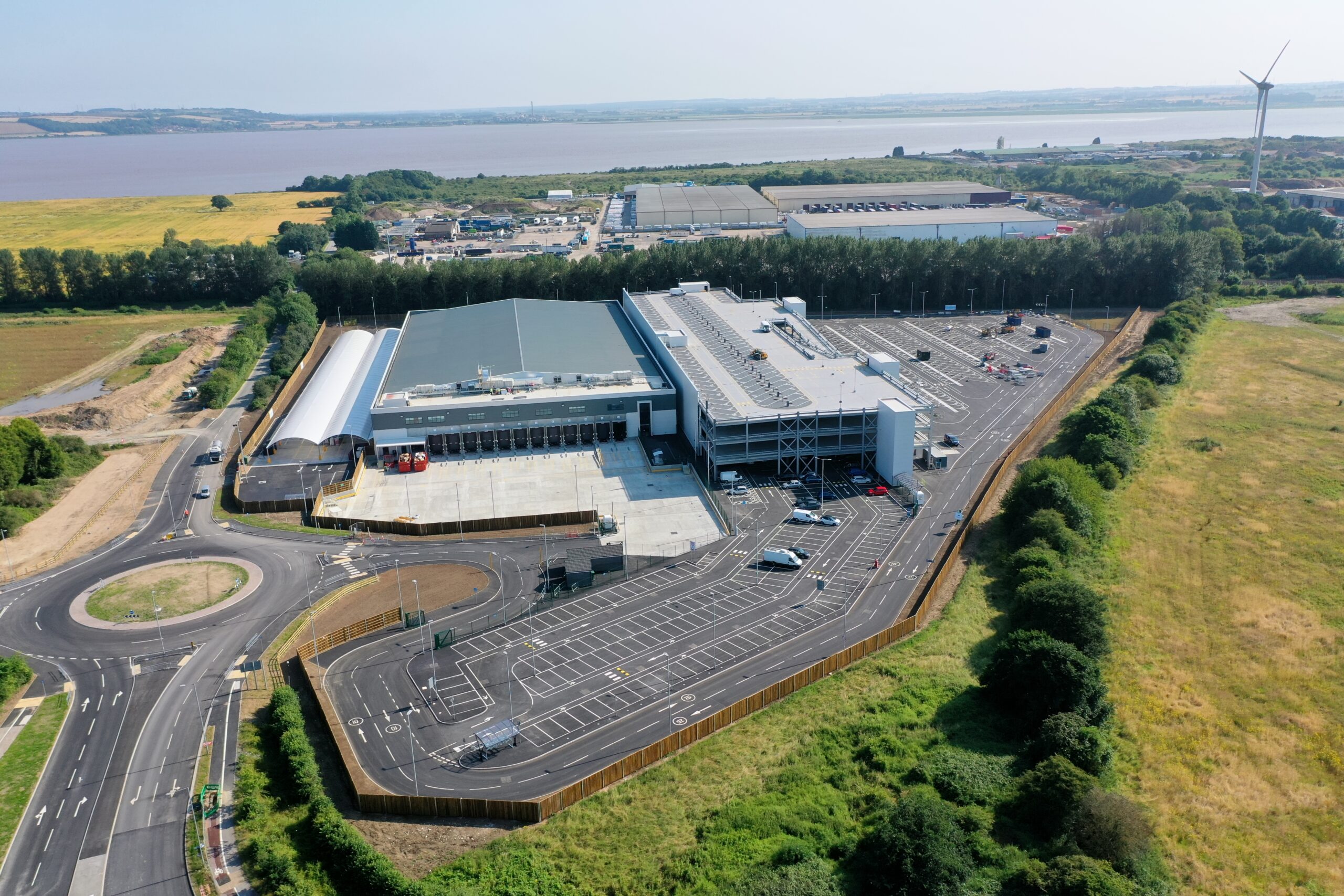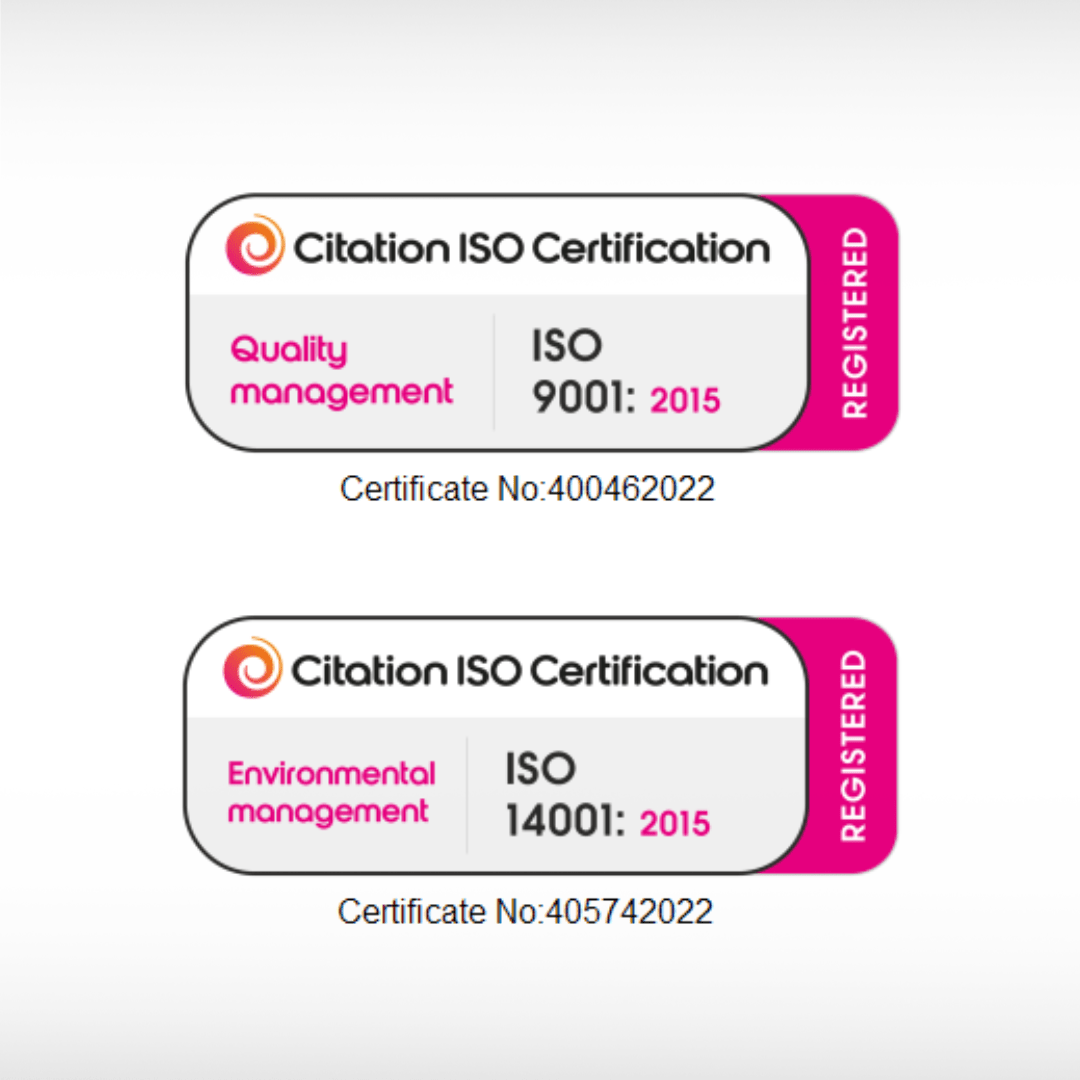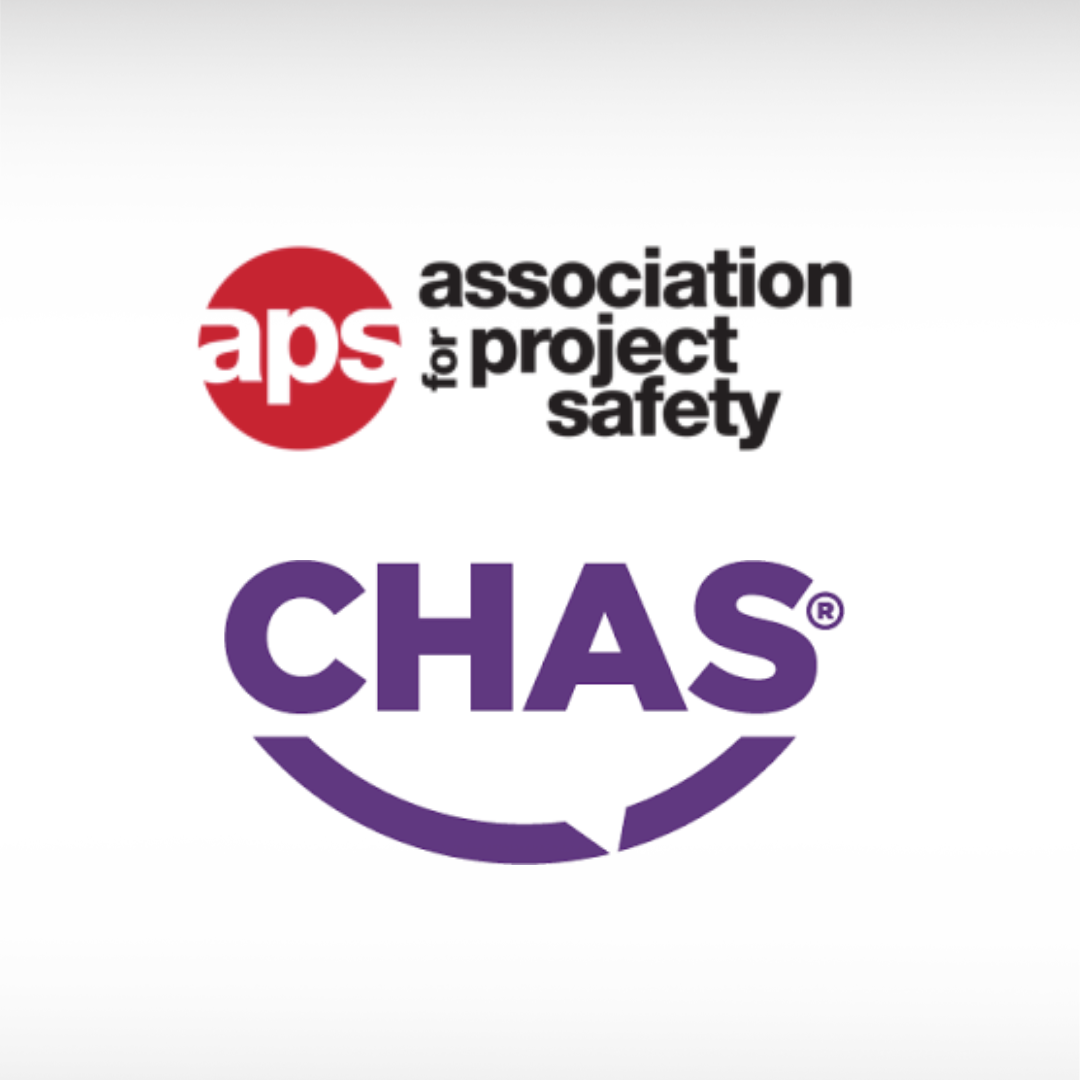Understanding building control approval is essential for successful construction projects. This page provides information on the different approval routes and the roles of various building control bodies.
The Building Regulations Amendment Regulations introduce new procedures for building control applications for non-High-Risk Buildings (non-HRBs).
- Applicants must submit a building control approval application with full plans to the local authority before commencing work. The Building Regulations 2023, Regulation 8: Applications for building control
- The application must include a statement regarding the Regulatory Reform (Fire Safety) Order 2005, a description of the proposed works, and copies of the full plans.
- The local authority has 5 weeks (or longer if agreed) to determine the application. Approval is not automatic if no decision is issued. Starting work without approval is considered “at risk.
Building Control Bodies (BCB)
More stringent regulations apply to High-Risk Buildings (HRBs), including detailed applications and “hard stop” Gateway stages.
There are 3 types of building control body (BCB) in the regulatory framework.
They are:
1) the Building Safety Regulator (BSR)
2) local authorities
3) registered building control approvers (RBCAs)
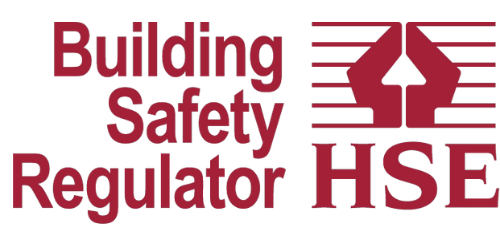
Building Safety Regulator (BSR)
- HRB approval body for England
- Oversees the safety and standards of ALL BUILDINGS
- Regulates higher-risk buildings, see section 120D of the act
- Regulates buildings covered by a regulator’s notice, see section 91ZB of the act
- Is the regulatory authority for the building control profession including RBCAs and local authorities in England (see part 2A of the act)
- Helps and encourages the built environment industry and building control professionals to improve their competence

Local Authority Building Council
-
Registered Building Inspector
-
Are public sector building control
-
Will be required to comply with the operational standard rules (OSRs)
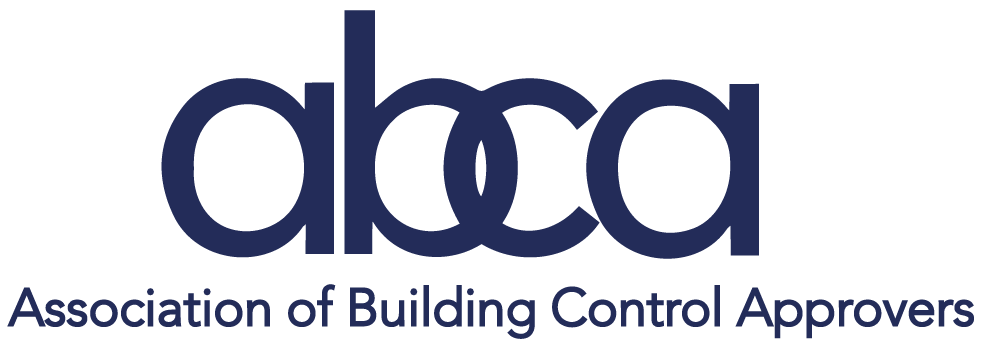
Registered Building Control Approvers (RCBAs)
-
Can be Registered Building Control Approvers (organisations) or Registered Building Inspector (individuals)
-
Are private sector building control
-
Will be required to meet their registration conditions (see section 58P of the act), professional conduct rules and comply with the operational standard rules (OSRs)
Registered Building Inspectors (RBIs)
There are four classes for individual building inspectors: trainee building inspector, building inspector (class 2 and 3), and building inspector (technical manager).
Registered Building Inspectors (RBIs) must be competent in building control activities, including understanding legislation, identifying non-compliance, using specialists, and effective communication. They should also supervise others and advise on restricted functions as defined by law.

